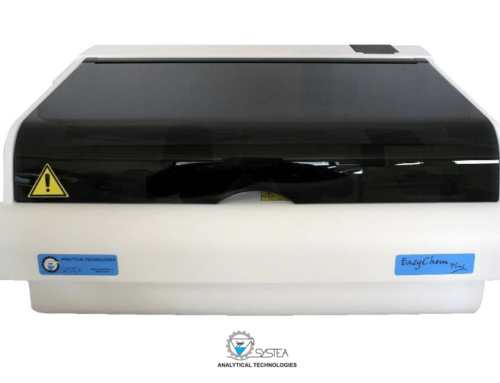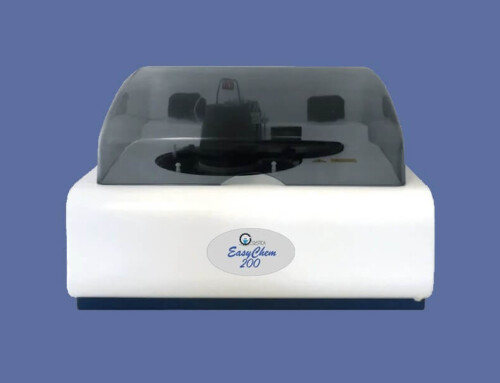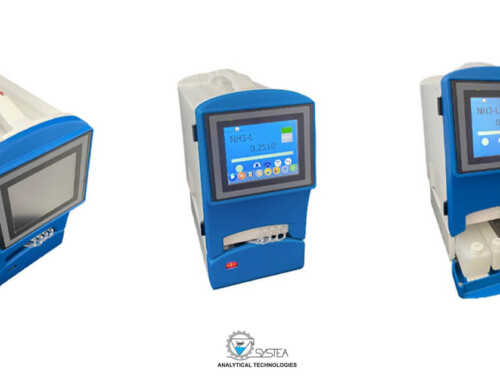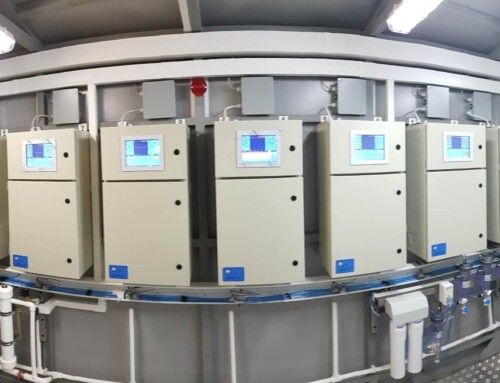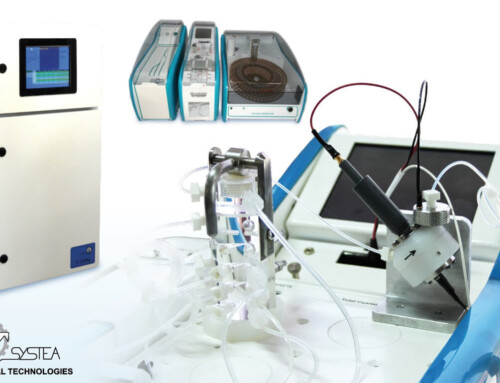Peristaltic Pump Tube Sizes by Color Code Determines ID and Ease of Application Uses:
As mentioned in this series on Ismatec Peristaltic pumps and Peristaltic pump tubes in general, the advantage with this type of pumping configuration is that the pumps are able to handle heavier and more aggressive fluids.
The peristaltic pump tubes have two collars glued 3 or 6 inches apart which serve as the point of contact to hold the tubing onto the platen of the peristaltic pump. This distance is based on the type of roller head that the peristaltic pump uses. Most OI Analytical and Lachat Autoanalyzers use the Ismatec Pump which requires a 6 inch collar (approx. 152 mm). The Skalar and Seal Autoanalyzers generally use the 6 inch collar but source them from a different manufacturer for the pump. Astoria Pacific and very old Alpkem systems are one of the few systems that use 3 inch collars.
The collars are color coded to help identify the inner diameter (ID) which of course is how the flow rate is determined. The great power and flexibility of peristaltic pump tubes is that the color coded sizing system allows the operators to easily understand the flow rate and hence the volume that each size will deliver. Please refer to the sizing chart attached to this article.
This volume of reagents is how we optimize each type of cartridge to produce optimal results required by the laboratory, whether it be very low level in the ppb range or high level in the hundreds of ppm range. The basic principle is to increase the size of the sample pump tube being introduced into the cartridge and conversely reduce the size of the reactive color reagents to obtain low level analysis. On the opposite side of the spectrum to obtain high levels we would decrease the size of the sample line and increase the size of the reagent pump tubes to effectively dilute the sample size and allow large color response. This response is across the optical principal Beer’s law spectrum which determines the low and the high range based on detecting the least detectable color change in the baseline and the strongest possible color response before the light path is occluded.
The EPA allow great flexibility in changing pump tubes and splitting out color reagents to obtain optimal results as well as produce more reliable, safe or consistent results. Please see attached letter from the EPA clarifying the types of changes that can be performed on regulated methods. As you can see the power of the simple peristaltic pump allows a wide range of method development, applications and easy long term operation with little cost other than changing pump tubes in a timely fashion.
Follow the link below for Pump Tube Modifications allowed by the EPA:
EPA approved Pump Tube Modifications
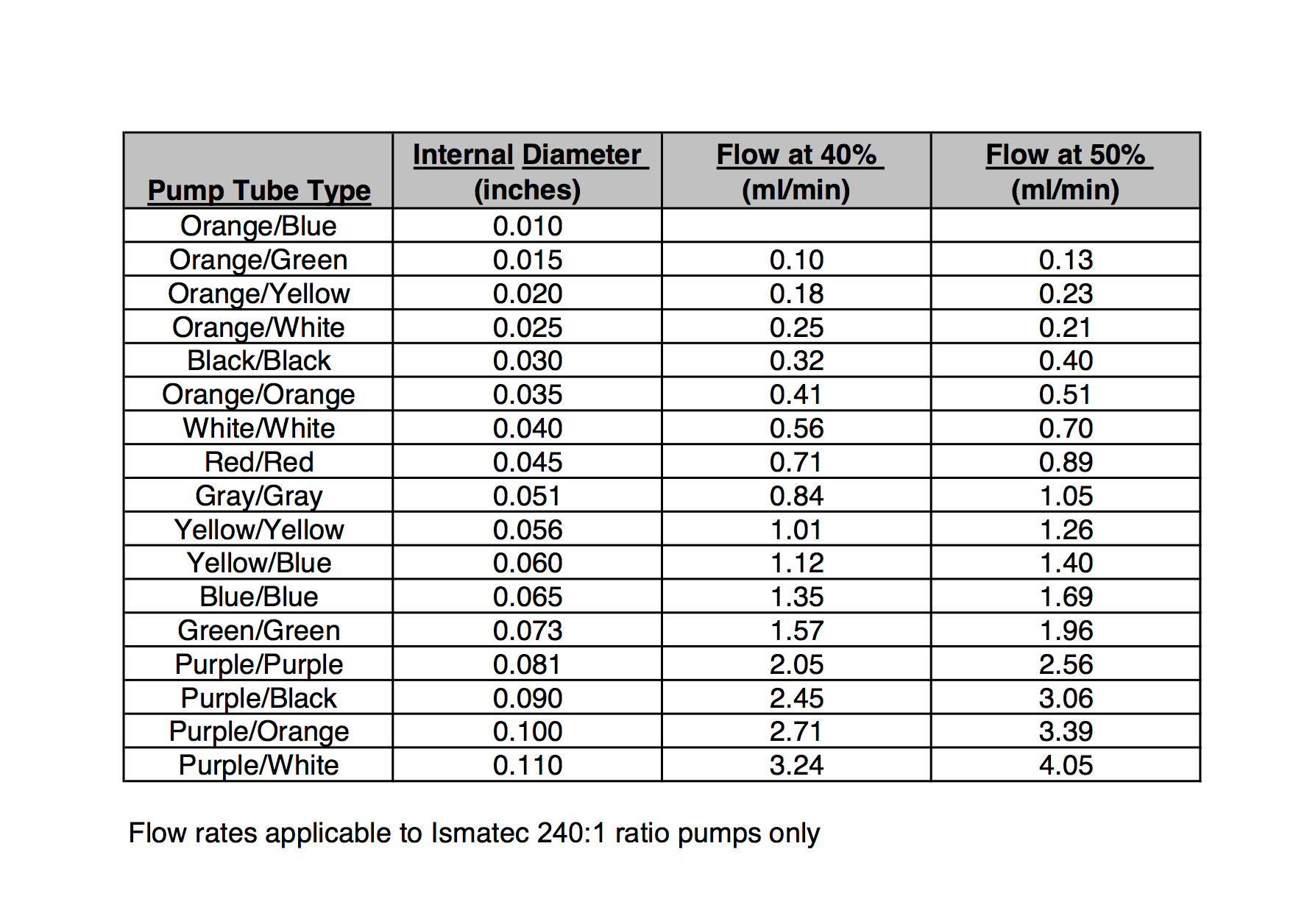
Check back next week for our third installment of this blog series where we will discuss the different tubing materials and their applications.
If you have any questions, give us a call at 541-387-0343.



